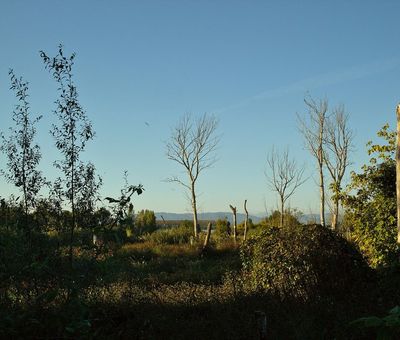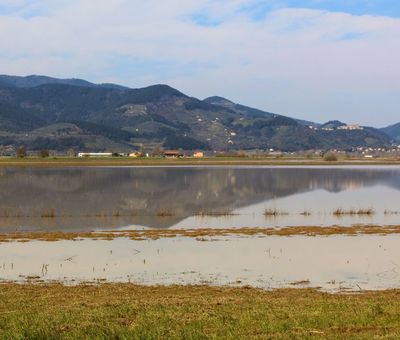The eel-fishing days
With its 36 square kilometres, five times the area of Lake Massacciuccoli, Bientina was once the biggest lake in Tuscany. Lapping against the edge of the town of Bientina, on one side it was bordered by the hills of Cerbaie, and by the Arno on the other.
It was a Grand Duke of Tuscany who decided to drain it in order to reclaim the area for agriculture. For the lakeside dwellers it was a radical change: up to that point fish had been fundamental to their economy, eels in particular, and they also did business by making nets for fishing boats. Turning fishermen into farmers was no easy task, and many chose to leave for new shores. To have an idea of what this landscape must have been like, you can visit the nearby Lake Gherardesca, which is rich in flora and species of migratory birds. There are two protected oases in the area: that of Bottaccio, which is managed by the WWF, and that of Tanali, which is run by the municipality of Bientina.
The mythical city of Sextum
A connection as strong as the one that Bientina had to its lake could never simply end with its draining. Every so often, when the rains fall especially hard, the lake seems to fill up again, and legends come back to the mind. So is the case with the mythical city of Sextum, which in times long past was swallowed up by an abyss in punishment for its citizens’ manifold sins and wickedness. The fishermen did more than anyone to keep this legend alive, insisting on having seen roads and palazzos beneath the water. And when the lake was eventually drained, traces of old Roman and Etruscan structures were indeed found there, and a few capitals even recovered. But the myth of Sextum also maintains that one sole house was saved from the chasm, the house of an old couple who had never sinned like their neighbours. Even in this there is a grain of truth, as an island did indeed stand in the middle of the lake, and today can be seen as an elevation in the plain.





